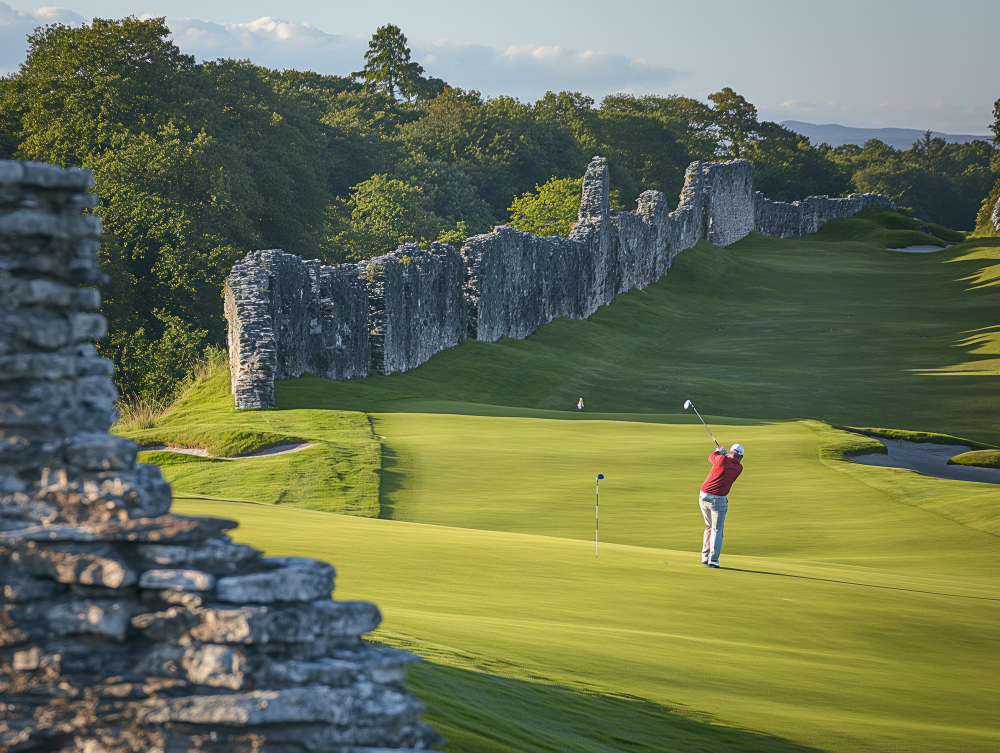What if someone told you that golf didn’t originate on perfectly manicured lawns or in exclusive country clubs?
One of the most curious legends about the origins of this sport claims that it all started with a few bored shepherds.
Yes, just like that. In the cold, empty fields of 15th-century Scotland, while tending their sheep, some shepherds began hitting stones with curved sticks, aiming to land them in rabbit holes. It was a simple pastime, played without rules or clear goals—just swings, wind, and open land.
But like everything done with passion, it soon became something bigger. So big, in fact, that in 1457 King James II of Scotland banned golf. The reason? His soldiers were so distracted by the game that they had stopped practicing archery—crucial for the defense of the kingdom.
Still, not even a royal decree could stop the inevitable: golf was already rooted in the Scottish soul.
Over the years, the game evolved. In 1754, The Royal and Ancient Golf Club of St. Andrews was founded—now considered the modern birthplace of golf. From there, the sport crossed the Atlantic and arrived in the United States in the 19th century, where it became professional, went global, and started generating billions.
But perhaps the most surprising part is this: the first women’s golf tournament was held in 1811, at a time when female participation in sports was almost unheard of. Since then, golf has become a space where technique, mindset, respect—and a rich, unpredictable history—coexist.
So the next time you’re out on the course, remember: golf wasn’t born among the elite, but in the middle of nowhere, between sheep and wind.
It began with a gesture as simple as it is timeless: hitting a stone for fun.
Because sometimes, the biggest dreams begin with a single swing.

